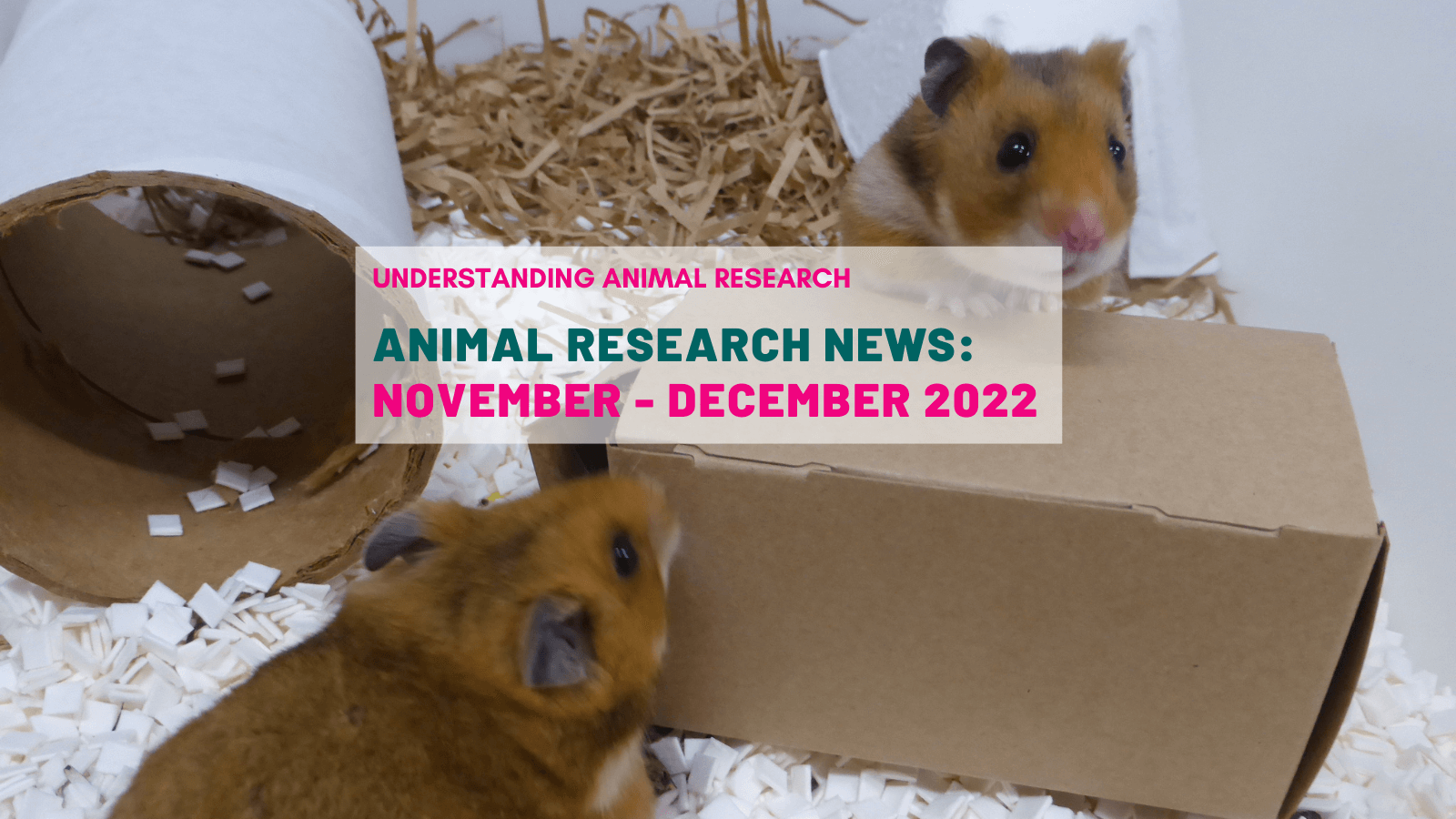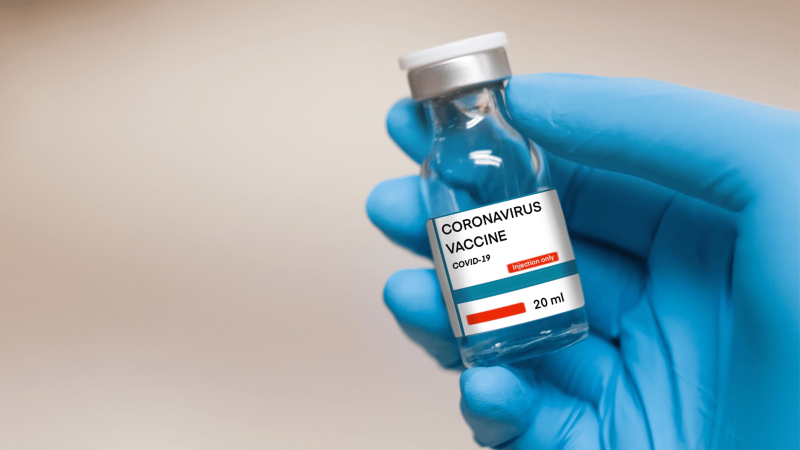
Alzheimer’s hallmarks found in dolphins
Dead stranded whales and dolphins are sometimes sent for post mortem. In three of 22 stranded animals: a white-beaked dolphin, a bottlenose dolphin and a long-finned pilot whale, researchers found signs of Alzheimer’s
All three individuals were old for their species, and showed three hallmarks of Alzheimer’s in humans. Abnormal levels of the beta-amyloid protein had accumulated into plaques that disrupt neurons in the brain, another protein called tau had gathered into tangles inside the neurons, and there was a build-up of glial cells, which cause inflammation of the brain.
The scientists don’t know whether this would cause cognitive deficits similar to humans but surmise that if so, this could support the explanation for mass stranding known as the “sick leader” theory, whereby healthy cetaceans are stranded because they follow a sick group leader that has become confused or lost.
Source: Guardian
Time flies for flies
New research presented at the British Ecological Society reveals that the animals that perceive time the fastest are those that are small, can fly, or are marine predators. The study analysed the rate at which over 100 animals perceive changes in the world – known as temporal perception. The researchers found that animals with fast paced lifestyles have visual systems that can detect changes at higher rates.
Species such as blow flies and Dragon flies were able to detect changes at the highest rate, with vision that could handle 300hz (able to see changes 300 times a second), significantly faster than humans which can see at 65hz. In vertebrates, the fastest eyes belonged to the pied fly catchers which could see at 146hz. Salmon clocked in at 96hz and Dogs at 75hz. The slowest eyes measured belonged to crown-of-thorns starfish at 0.7hz.
Source: British Ecological Society
Why polar bears don’t slip on the ice
Bears have little bumps (papillae) on their paw pads. The papillae on polar bears are up to one and a half times taller than the papillae on other bears. These help to increase traction on snow relative to shorter ones. Even though polar bears have smaller paw pads compared to other species (possibly because of greater fur coverage for heat conservation), the taller papillae of polar bears compensate for their smaller paw pads, giving them a 30-50% increase in frictional shear stress compared to other bears.
Source: EurekaAlert
Mouse study suggests new therapeutic strategy to reduce heart damage in cancer survivors
Common cancer treatments, such as radiotherapy or anthracycline drugs, cause long-term damage to heart tissue by activating a key inflammatory signalling pathway. A study, published in the Journal of Experimental Medicine (JEM), suggests that inhibiting this pathway could reduce the chances of cancer survivors suffering heart disease later in life.
The study found that one month after mice were exposed to radiation or anthracyclines, a specific population of heart cells called fibroblasts activated a set of genes that promoted the recruitment of various immune cell types associated with pathological inflammation and tissue fibrosis.
Six months after radiotherapy, activation of the cGAS–STING inflammatory signalling pathway leads to an accumulation of fibrotic scarring (blue) in the heart muscle of mice, ultimately leading to reduced cardiac function and heart failure.
Within 3–6 months, the mice developed signs of cardiac dysfunction, and, by 12 months, many of them had died of heart failure.
The researchers showed this process is driven by an immune signalling pathway called the cGAS–STING pathway. This pathway usually promotes inflammation in response to DNA fragments from pathogenic bacteria or viruses, but the scientists reasoned it could also be activated by DNA fragments generated in response to radiation or anthracycline treatment.
Mice lacking either the cGAS or STING proteins were protected from the toxic side effects of DNA-damaging cancer treatments. They showed no signs of cardiac inflammation, maintained normal heart function, and were still alive a year after treatment. A small molecule inhibitor of the STING protein also protected mice from the toxic effects of radiotherapy or anthracyclines. This inhibitor could be the basis for new treatments in humans.
Source: EurekaAlert
COVID-19: a respiratory vaccine effective in mice
Nasal vaccination via the mucus membranes could provide protection against SARS-CoV-2 infections. Researchers have demonstrated that a mucosal DNA vaccine is capable of ensuring the total survival of a group of mice infected with a version of the COVID virus adapted to this species, whereas the virus kills 100% of unvaccinated mice. This vaccine acts in a manner similar to that of RNA vaccines: DNA delivered by a vector enters the target cells, causing them to produce a SARS-CoV-2 protein and allowing the immune system to prepare itself by producing antibodies and lymphocytes against the virus. The vaccine’s effectiveness against transmission between mice was not measured in this study.
Source: EurekaAlert
T cells engineered to make toxins only when they enter tumour
Scientists have engineered T cells to produce a potent anti-cancer cytokine, but only when they encounter tumour cells. The immunotherapy eliminated melanoma and pancreatic cancer in mice without major side effects.
The cells deliver IL-2, a powerful inflammatory molecule that is naturally produced by the immune system. IL-2 activates T cells, immune cells that can kill cancer cells and also protect against infection. While oncologists have known for decades that IL-2 has potent anti-cancer activity, its use has been limited by the toxic response it produces when given systemically.
In the study in Science, the researchers were able to keep the cytokine contained within the cancer by programming the tumour-infiltrating T cells to make their own IL-2 when they recognized a cancer cell.
“We’ve taken advantage of the ability of these cells to be local delivery agents and to crank out their T-cell amplifiers only when they recognize they’re in the right place.”
Source: EurekaAlert
Reference: Science
Gut bacteria that make mice want to exercise
Some species of gut-dwelling bacteria activate nerves in the gut to promote the desire to exercise, according to a study in mice. The study was published in Nature, and reveals the gut-to-brain pathway that explains why some bacteria boost exercise performance.
Source: Nature
Image source: British Ecological Society
Last edited: 24 May 2023 09:52



